Electronic Devices: Course Overview
Demonstrative Video
Brief History of Electronics
- First amplifying device - the triode vacuum tube - Fleming (1904)
- Solid-state point-contact diode (silicon) - Pickard (1906)
- First radio circuits from diodes and triodes (1907–1927)
- Super heterodyne receiver - Armstrong (1920)
- Demonstration of television (1925)
- The field effect device - Lilienfield (1925)
- Frequency modulation (FM) - Armstrong (1933)
- Radar (1940)
- First revolution - Silicon transistor - Bell Telephone Laboratories (1947)
- Color television (1950), Unipolar FET - Shockley (1952)
- PNPN triggering transistor (thyristors or SCRs) - Bell Laboratories (1956)
- Commercial thyristor - General Electric (1958) - Beginning of Power Electronics
- First integrated circuit (IC) - Beginning of microelectronics (1958)
- First commercial operational amplifier (1968)
- Intel - 4004 microprocessor (1971), 8-bit microprocessor (1972), Gigabit memory chip (1995)


- Moore’s Law (Gordon E. Moore): The number of transistors in an IC doubles approximately every 24 months, optimizing density and cost.

Reference Textbooks
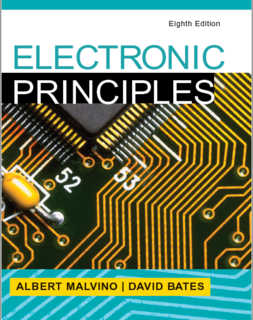
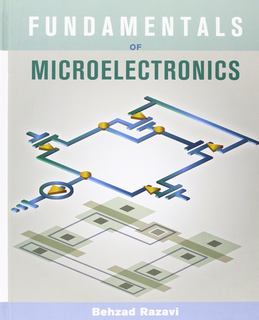
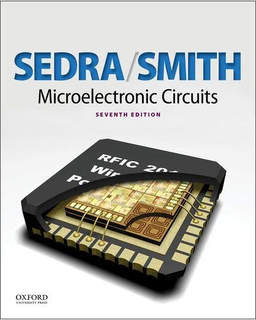
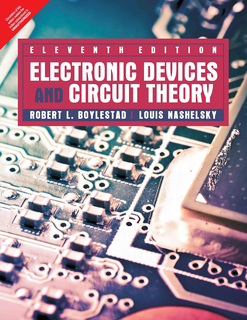
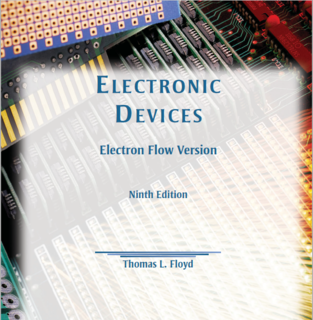
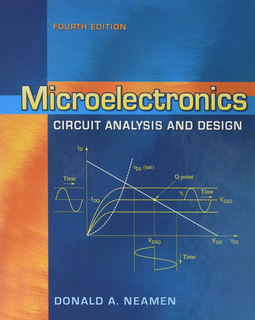
Contents Overview
- Chapter 1: Semiconductors
- Chapter 2: Diode Theory
- Chapter 3: Diode Circuits
- Chapter 4: Special-Purpose Diodes
- Chapter 5: BJT Theory
- Chapter 6: BJT Biasing
- Chapter 7: Basic BJT Amplifiers
- Chapter 8: Multistage, CC, and CB Amplifiers
- Chapter 9: Power Amplifiers
- Chapter 10: Field-Effect Transistors (FETs)
- Chapter 11: MOSFETs
- Chapter 12: Thyristors
- Chapter 13: Frequency Effects
- Chapter 14: Differential Amplifiers
- Chapter 15: Operational Amplifiers
- Chapter 16: Negative Feedback
- Chapter 17: Linear Op-Amp Circuits
- Chapter 18: Active Filters
- Chapter 19: Non-linear Op-Amp Circuits
- Chapter 20: Oscillators
- Chapter 21: Regulated Power Supplies